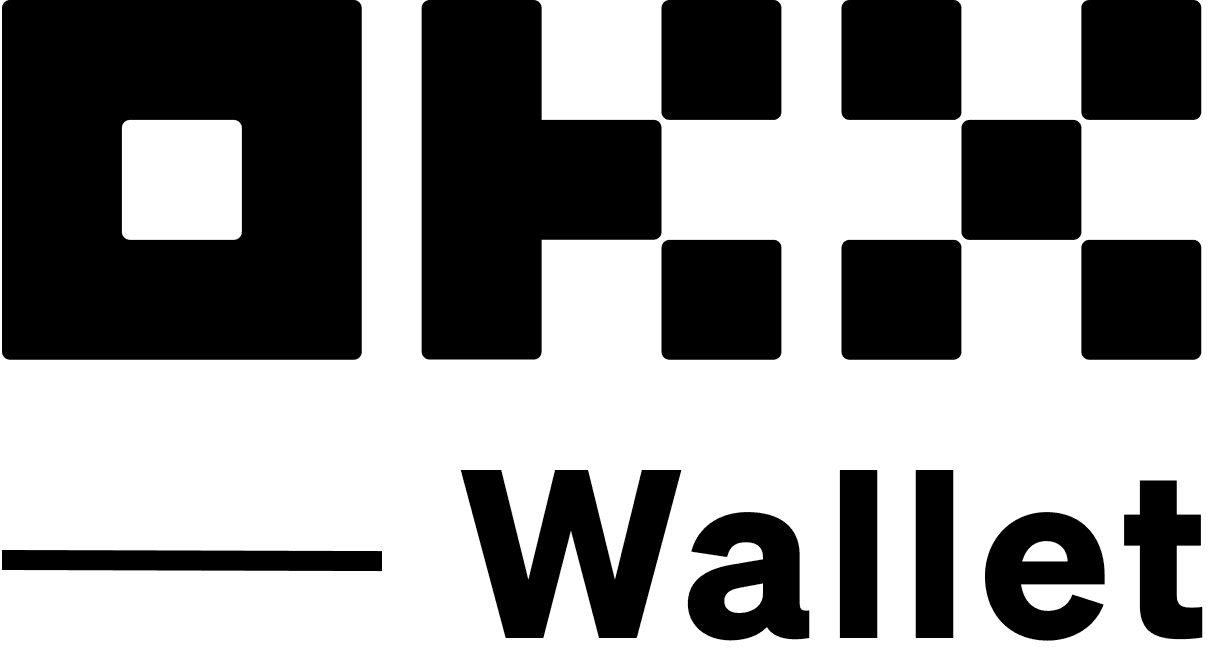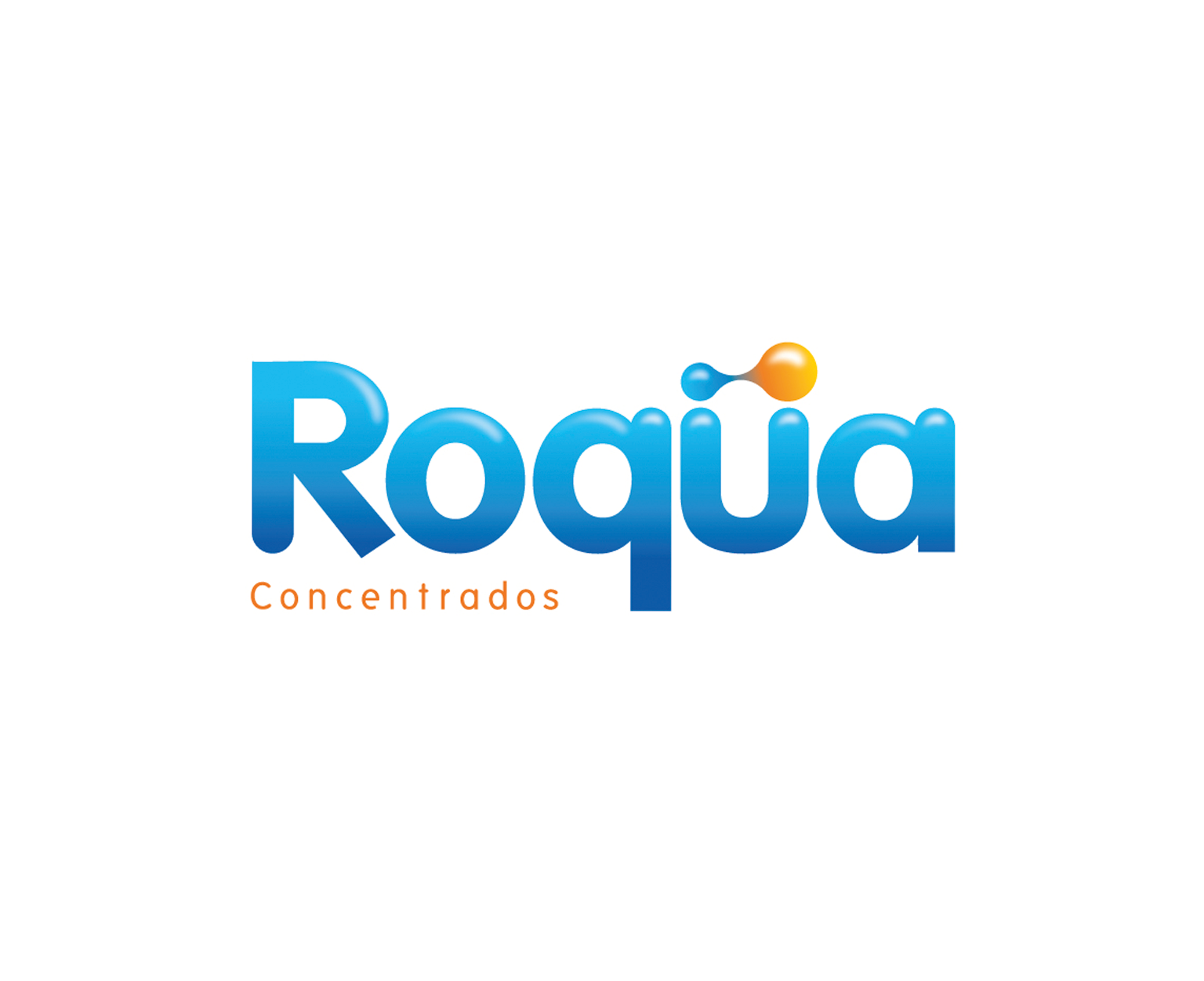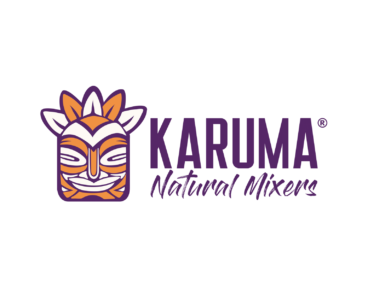Wow! The crypto market never stops throwing curveballs. Just when you think things are settling, bam—new waves of institutional interest come crashing in. I was digging through some recent trends, and honestly, it feels like there’s a tug-of-war between traditional finance players dipping their toes and the decentralized finance (DeFi) scene sprinting ahead. Something felt off about the usual narratives that say institutions are just here to stabilize the market. Nope. It’s way more nuanced.
At first glance, the market looks like a rollercoaster driven by retail frenzy and meme coins. But scratch beneath, and you’ll see big players quietly stacking up positions, while simultaneously exploring DeFi protocols for yield farming, liquidity provision, and even governance tokens. Seriously? Yeah. It’s like they’re hedging bets on both centralized and decentralized worlds simultaneously.
Here’s the thing: if you’re a trader hunting for a wallet that’s more than just a digital piggy bank, you’ve got to consider how it integrates with the broader ecosystem. Not just security or user experience, but actual connectivity to major exchanges and DeFi platforms. That’s where the okx wallet comes into play. It’s not just a fancy app; it’s a gateway bridging centralized exchange muscle with the wild, untamed DeFi frontier.
Okay, so check this out—DeFi access is no longer a fringe benefit. Institutional traders want seamless movement between order books on centralized exchanges and smart contract interactions on DeFi chains. But that’s easier said than done. Wallets often force you to juggle multiple apps or browser extensions, each with its own quirks and security risks. That fragmentation slows everything down.
On one hand, centralized exchanges like OKX provide deep liquidity and regulatory cover, which institutions crave. On the other, DeFi offers transparency and innovation impossible to ignore. Though actually, blending these two requires tools that are both intuitive and robust enough to handle complex trades. I mean, imagine switching from a limit order on OKX to staking in a DeFi pool without missing a beat or risking your private keys. That’s where wallets with integrated exchange features shine.
My instinct said wallets will evolve beyond storage to become full-fledged trading terminals. And the okx wallet seems to follow that path, combining ease of use with powerful features. You don’t have to be some blockchain wizard to navigate it, but you get access to real-time market data, swap assets, and even check out DeFi yields—all in one place.
Initially, I thought this integration might clutter the user experience, but after spending time with it, the interface feels streamlined. Still, I’d say it’s not perfect for everyone. Power users might want more granular controls or multi-chain support beyond the usual suspects. That said, for traders focused on US-friendly options and regulatory comfort zones, it hits a sweet spot.
Now, let’s talk institutional features. Big money demands compliance, transparency, and audit trails. Many DeFi protocols are still playing catch-up here, which makes centralized exchanges attractive despite their drawbacks. Wallets that sync with exchanges like OKX can deliver that auditability. Plus, they support fiat on-ramps, reducing friction for newcomers or institutions moving large sums.
Here’s what bugs me about some DeFi wallets: they often act like isolated islands. No seamless bridge to centralized markets means traders have to manually shuffle assets, risking delays and fees. But with tools like the okx wallet, you can toggle between spots and DeFi pools, making your funds work across ecosystems without breaking a sweat. That’s a real game-changer.
Anyway, I want to highlight something cool—liquidity mining has evolved. Institutions aren’t just farming yield; they’re strategically deploying capital to shape markets and governance decisions. This blurs the line between passive investors and active protocol participants. Wallets that provide real-time analytics and governance dashboards help traders stay ahead of these moves.

But here’s the curveball—security. Wallets with exchange integrations potentially increase attack surfaces. The more features jammed into one app, the higher the stakes. So, how does a wallet balance convenience with rock-solid security? That’s a question every trader should ask before entrusting their keys. The okx wallet employs multi-layer encryption and optional hardware wallet support, which is reassuring, but no system is bulletproof.
Oh, and by the way, regulatory shifts in the US add another layer of complexity. Institutions want compliance, but DeFi’s ethos often clashes with strict rules. Wallets that can facilitate KYC/AML checks while preserving user privacy will likely lead the pack. The okx ecosystem is working on bridging these divides, which is promising.
In summary, the crypto space is at a crossroads where institutional demands and DeFi innovation collide. Traders who want to ride this wave need wallets that don’t just hold assets but empower dynamic market interaction. For those focused on US markets with a foot in both camps, wallets like okx offer a compelling solution.
I’m biased, sure—I’ve seen firsthand how clunky some setups can be. But this kind of integration feels like a glimpse into crypto’s future. Still, I’m not 100% sure it’s the final answer. The landscape shifts so fast, it’s hard to say what tools will dominate six months from now.
So yeah, if you’re serious about trading and want a wallet that bridges worlds without forcing you to juggle a dozen apps, give the okx wallet a look. It’s not just storage—it’s your passport to smarter, faster, and more connected crypto moves.












